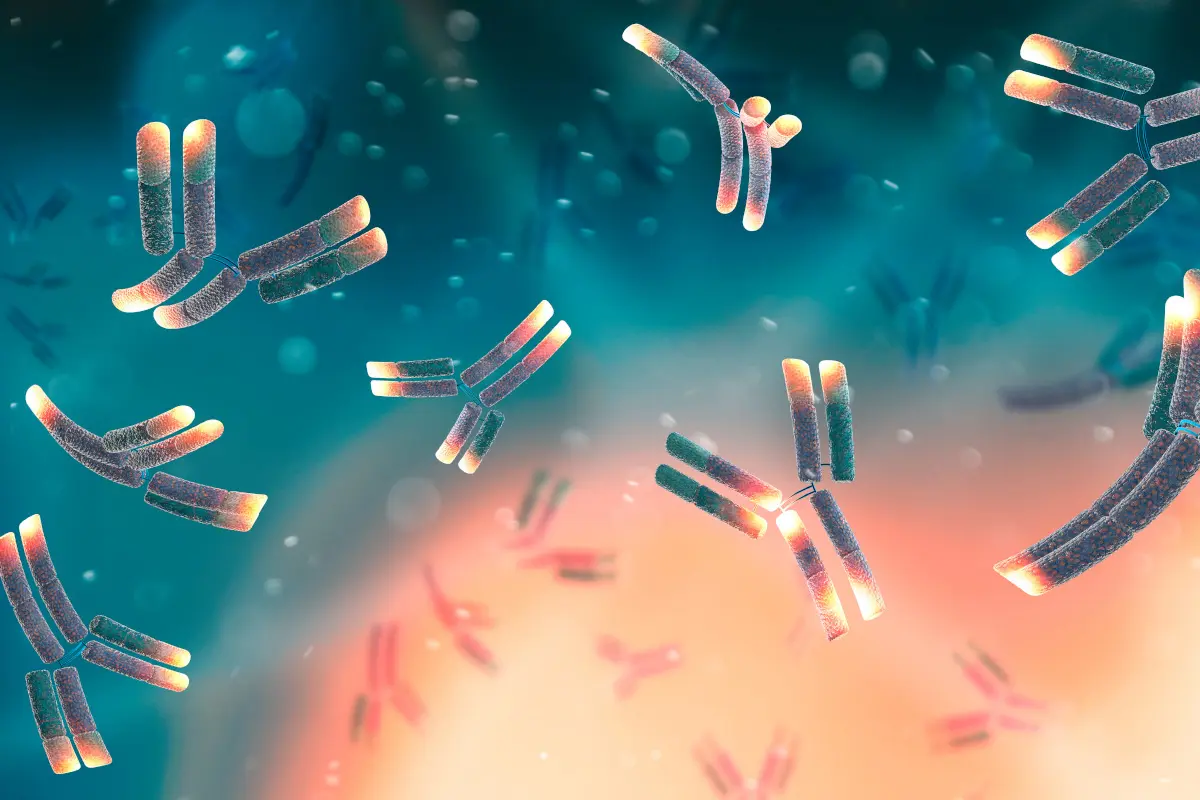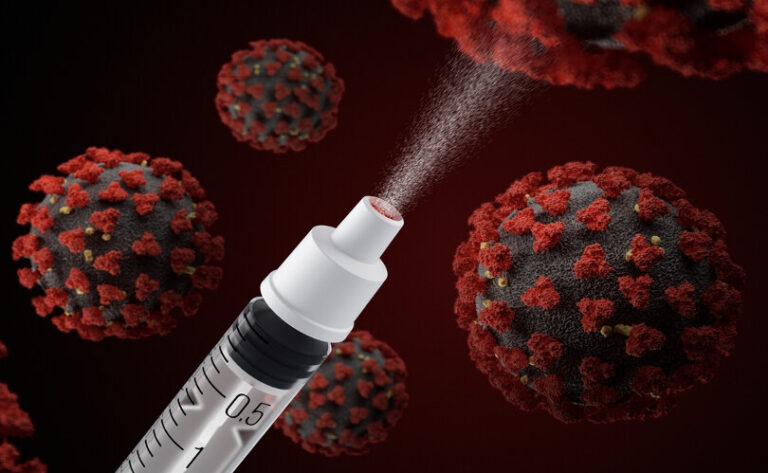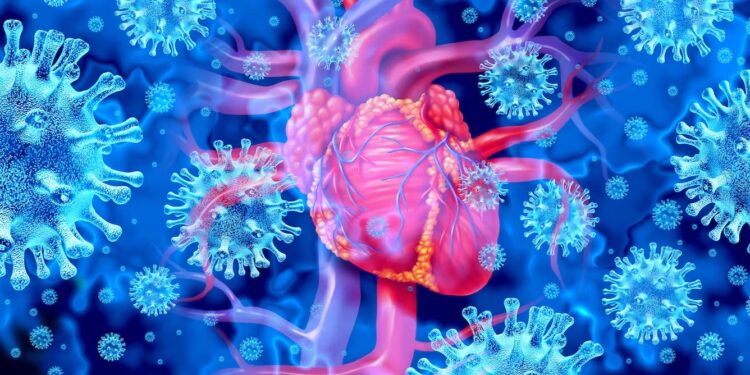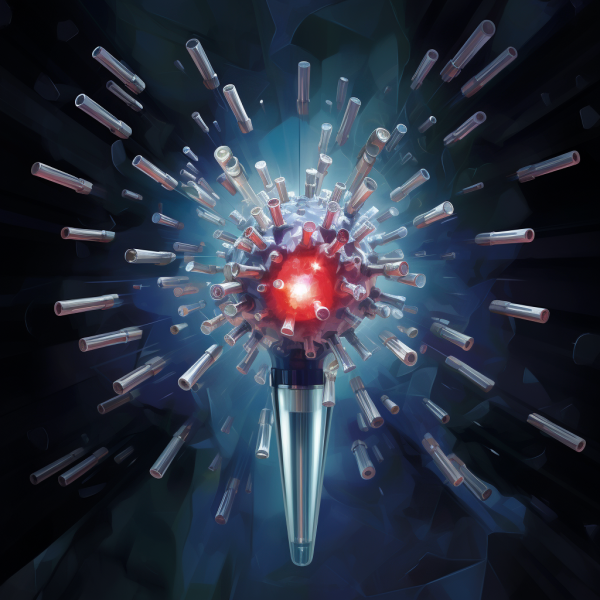Post-COVID Vaccine Syndrome Is a Physiological Disease: Study

The authors compared blood tests of people diagnosed with persistent dysautonomia and chronic fatigue syndrome after vaccination to healthy controls.
A new study may have discovered biological evidence of post-COVID vaccine syndrome.
The German study, led by Dr. Fritz Boege, professor of clinical chemistry and laboratory medicine at the University Hospital of Düsseldorf, found that people who developed persistent symptoms for up to five months after vaccination had different immune protein levels than people who were vaccinated but did not develop symptoms.
Post-COVID vaccine syndrome, abbreviated as PACVS in the study, refers to symptoms that can last months or years after receiving the COVID-19 vaccine. Fatigue, brain fog, and post-exercise malaise are common symptoms, as are heart, nervous system, muscle, and gut abnormalities.
“It’s really the first recognition that biomarkers may be involved in [COVID-19 vaccine injury],” said internal medicine specialist Dr. Keith Berkowitz, who was not involved in the study. “No. 2, they’re looking five to six months post-vaccination, and that really dispels the literature that these side effects are transient.”
Patients with PACVS were compared to people who had been vaccinated and were asymptomatic after two doses of the mRNA vaccine. PACVS patients had higher levels of cytokines that promote inflammation, more antibodies that may impair fluid balance and cardiovascular regulation, and lower levels of antibodies associated with immune balance, according to the researchers.
“Currently, PACVS is not/rarely diagnosed as a [physical] disease.” Instead, PACVS cases are either classified as psychosomatic or dismissed as irrelevant or fictitious, according to the authors.
“Evidence of PACVS as a [physical] disease,” they concluded from the study.
Immune Dysregulation and Clotting Biomarkers
The authors compared blood tests from 191 people with persistent dysautonomia and chronic fatigue syndrome to 89 healthy controls five months after vaccination.
The controls had blood samples taken both before and after vaccination, and they did not experience any pathological symptoms as a result of the vaccination.
IL-6 and IL-8 cytokine levels, which promote inflammation and are linked to blood clot formation, were significantly elevated in PACVS patients.
AT1R and MAS 1 antibodies were significantly higher in PACVS patients, while IL-1-Rb and alpha-2b-adr-R antibodies were significantly lower.
The opposite was found in the healthy control group.
AT1R and MAS 1 are involved in fluid balance and cardiovascular regulation in the body. High levels of antibody against this system are linked to dysautonomia, heart failure, chronic fatigue, and severe COVID-19.
Surprisingly, the authors saw AT1R and MAS 1 reductions in the healthy control group as potentially protective. They reasoned that the bodies of healthy controls were able to adapt to the vaccine’s effects and, as a result, avoided developing post-vaccine symptoms.
For the same reason, IL-1-Rb and alpha-2b-adr-R antibodies may have increased to protect the healthy control group.
The IL-1-Rb antibody is thought to play a role in immune homeostasis, and its decrease in PACVS suggests that immune regulation may be impaired. Alpha-2b-adr-R antibodies inhibit blood clotting by preventing platelet aggregation.
“Receptor antibody levels in sera of PACVS-affected persons were dissimilar from the post-vaccination state but similar to the pre-vaccination state of persons not suffering from PACVS,” the researchers wrote in their paper. As a result, they hypothesized that the post-vaccine condition was caused by a poor physiological adjustment to the effects of the mRNA vaccines.
Study Limitations
A significant limitation is that, while healthy controls were monitored for biomarker changes before and after vaccination, no pre-vaccination samples were collected from those who developed post-vaccine syndrome.
As a result, it is unknown whether patients developed such symptoms as a result of changes in their blood markers or if they had those markers to begin with, according to Dr. Berkowitz.
“They have a relatively small sample size,” said Leading Edge Clinic nurse practitioner Scott Marsland. “They’re also working with a relatively short timeframe. Unfortunately, many of the patients I see are a year or two out.”
Some PACVS patients had a prior COVID-19 infection, but the difference in biomarkers between infected and uninfected patients was insignificant, according to the researchers.
The relevant biomarkers in post-vaccination syndrome and long COVID, such as IL-6, IL-8, and AT1R antibodies, also show significant overlap.
Further research may be required to determine whether the proposed biomarkers are sufficient to distinguish PACVS from long COVID and symptomatically similar conditions such as chronic fatigue syndrome, according to the authors.
The Use of Biomarkers in Diagnosis and Treatment
According to the authors, while current diagnostic biomarkers may be insufficient, the use of blood markers may serve as “a stringent rule-out criterion” for future PACVS diagnostics.
Clinicians, on the other hand, are divided about the use of biomarkers in the diagnosis and treatment of post-vaccine syndromes.
According to integrative physician Dr. Yusuf Saleeby, using biomarkers as a diagnosis may confuse clinicians.
“I have seen biomarkers go either way, with a very sick patient post-vax having normal biomarkers, including IL-6, and some rather well-looking patients with abnormally high IL-6,” he went on to say. He has not, however, measured AT1R or alpha-2b-aR antibodies, he added.
“I don’t think it’s that simple,” Mr. Marsland said, adding that immune dysregulation varies from person to person and that biomarkers may differ.
Many of Mr. Marsland’s patients have normal IL-6 levels, and he believes that if he had used biomarker levels as a guide, common post-vaccine treatments such as low-dose naltrexone, which reduces IL-6, would not have been prescribed.
Dr. Bruce Patterson, the founder of IncellDx, a company that sells diagnostic cytokine panels for long COVID and post-vaccine syndromes from other chronic diseases, argued that biomarker patterns can be very helpful in arriving at a suitable diagnosis and treatment for patients.
“We started with [testing] 158 different cytokines, and using machine learning and AI, we reduced it to 14,” he explained to The Epoch Times, adding that the algorithm identifies a pattern rather than a single marker. His team, like the Germans, identified IL-6 and IL-8, but they also discovered CCL5 and sCD40L.





